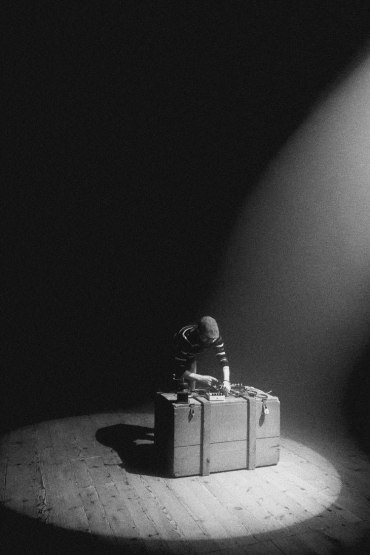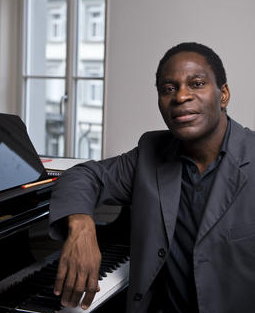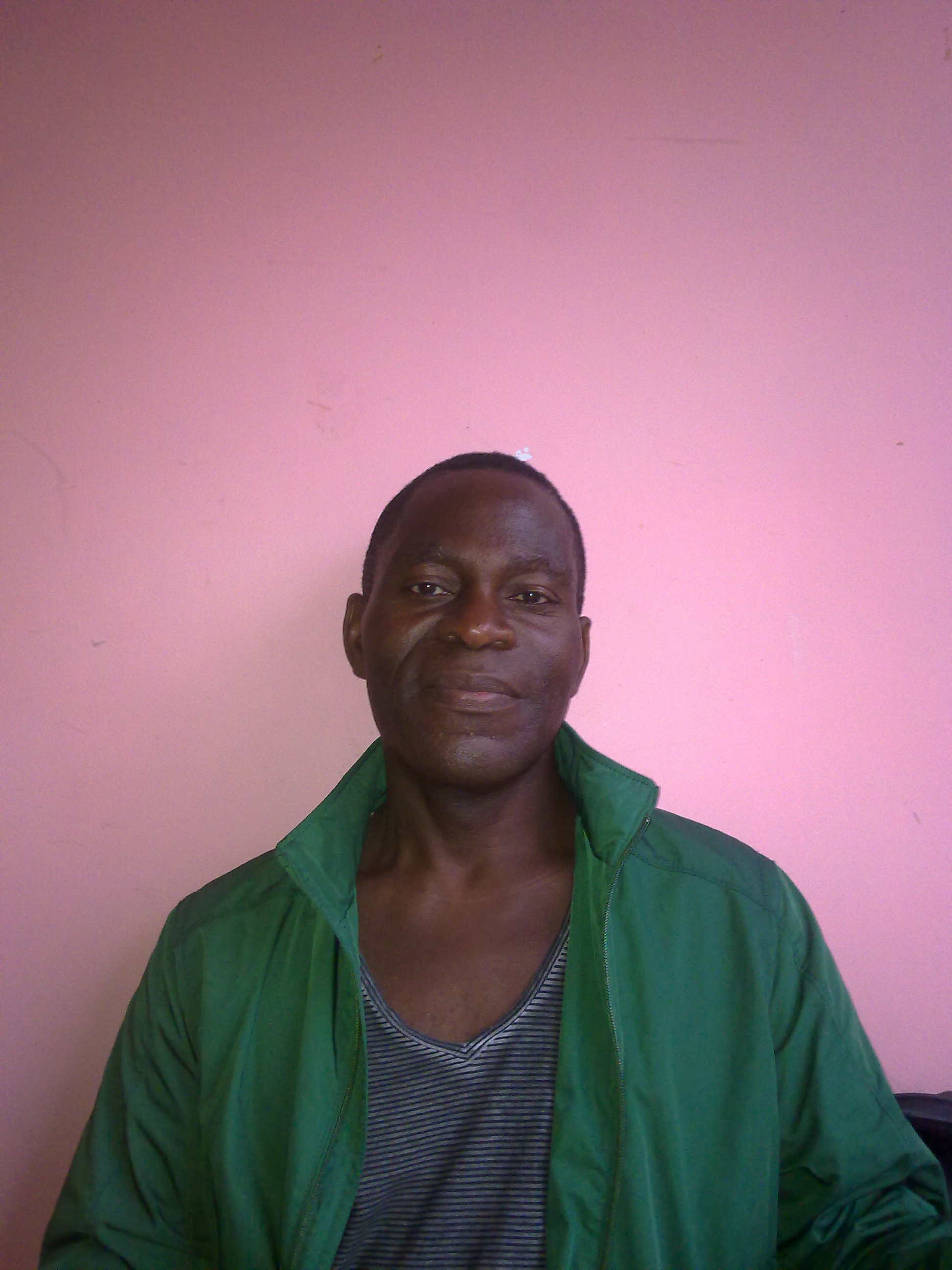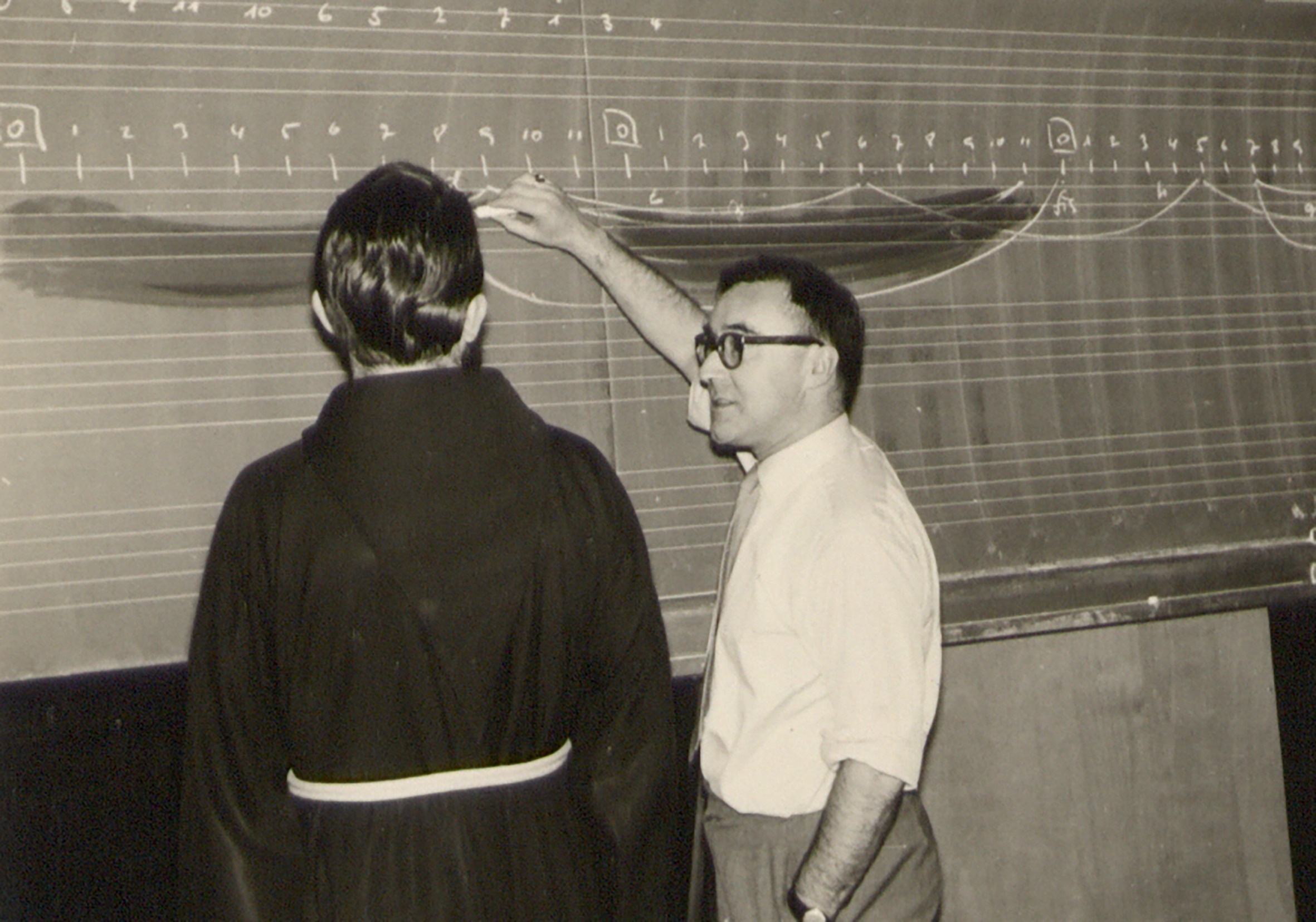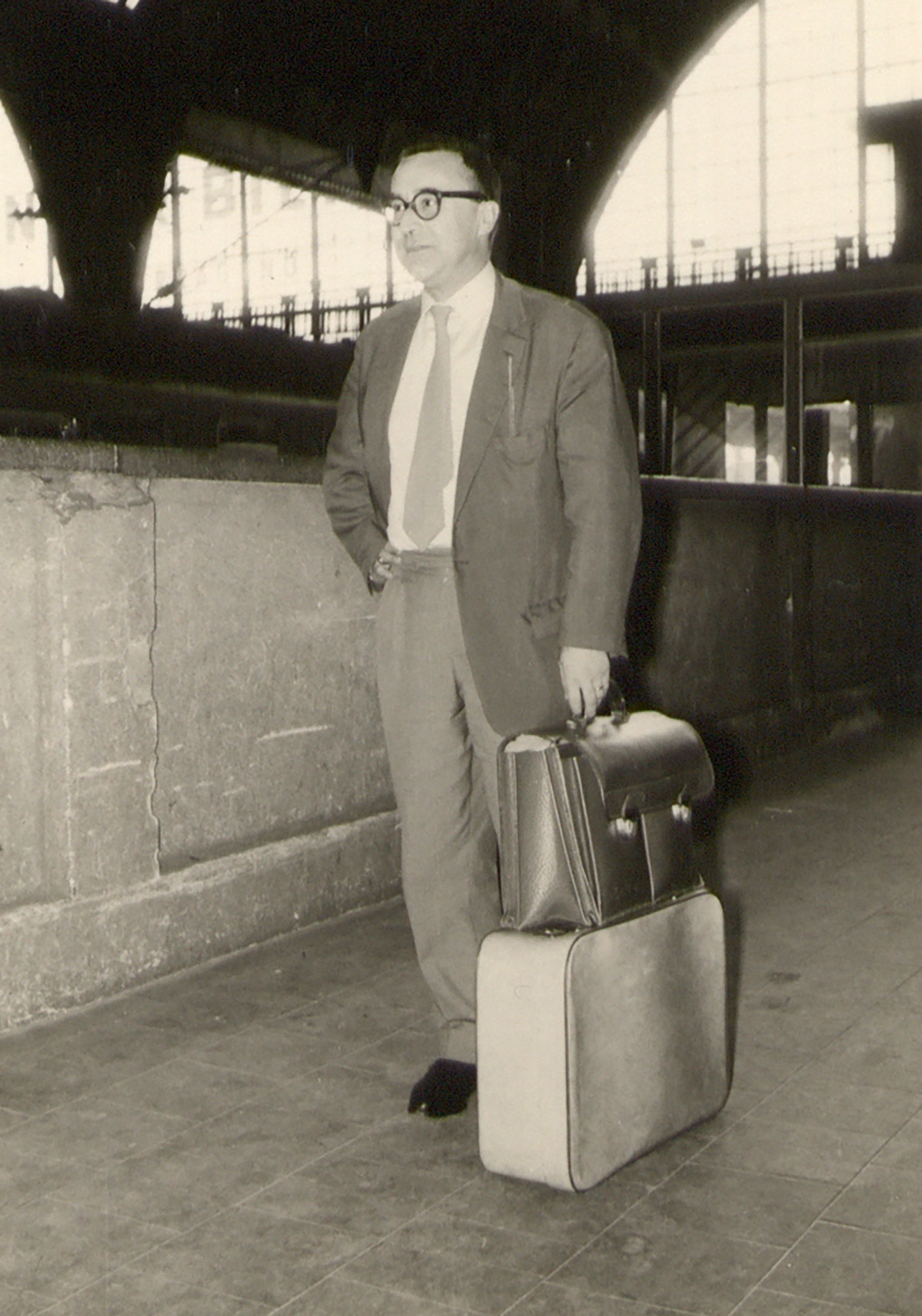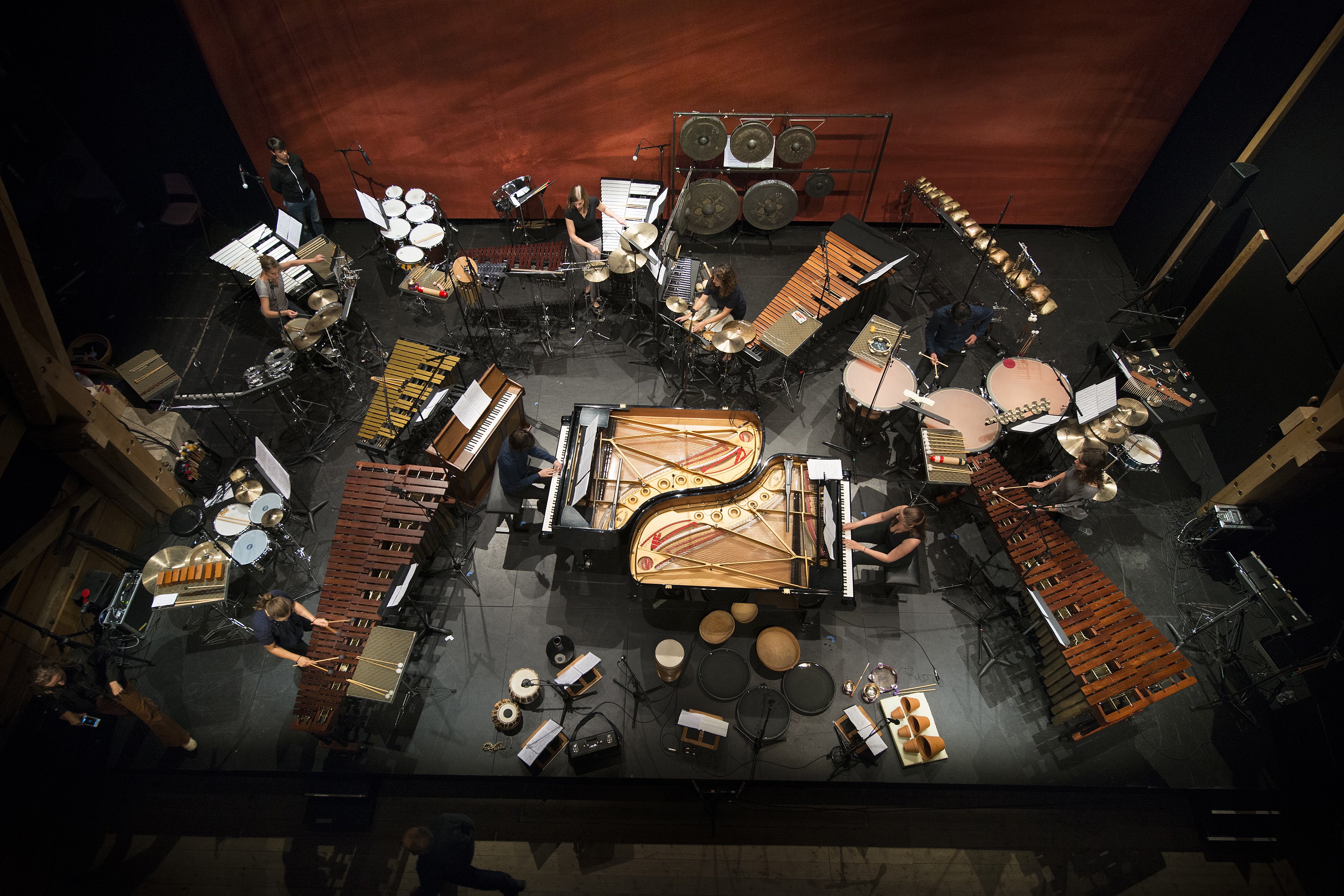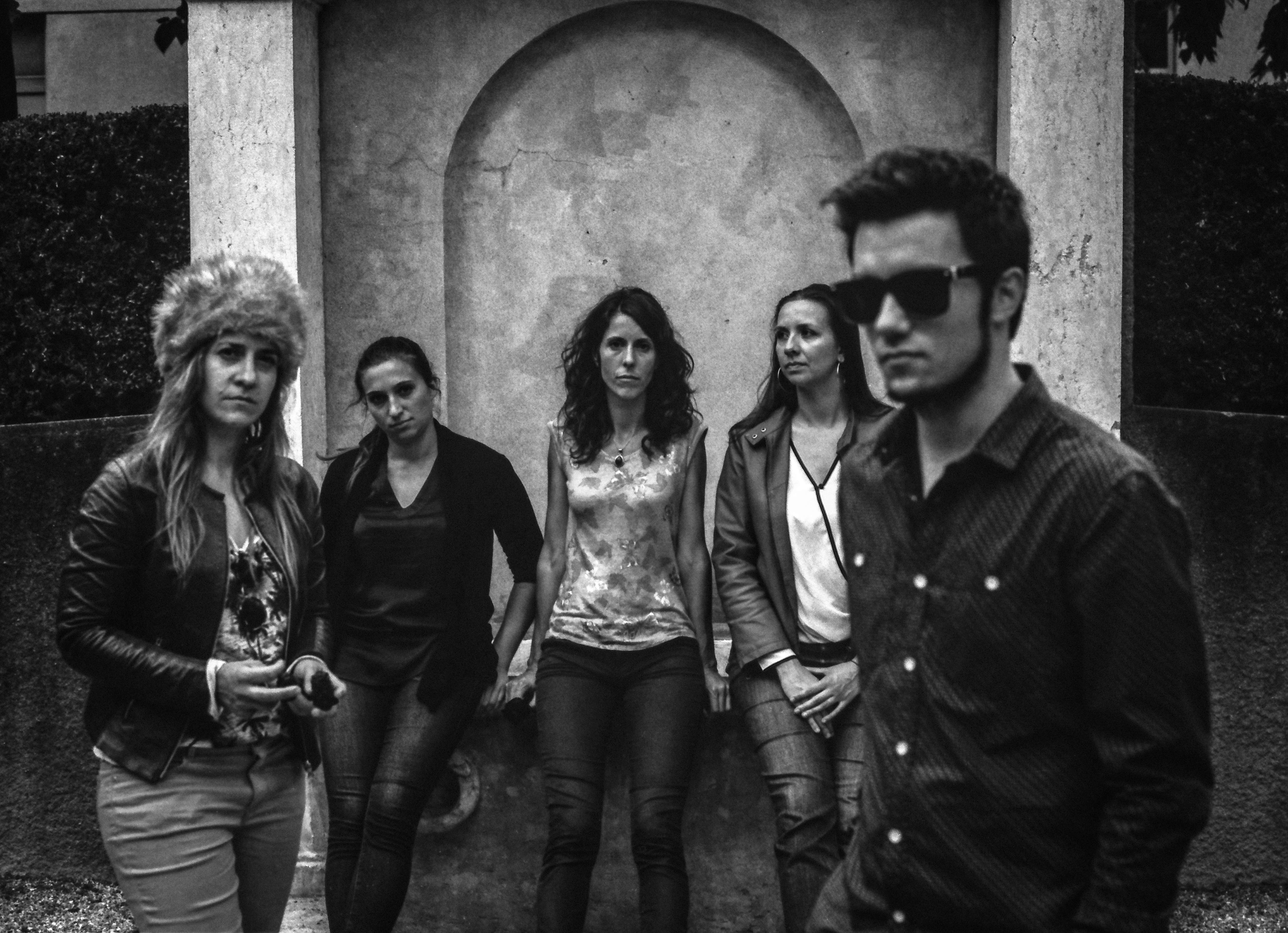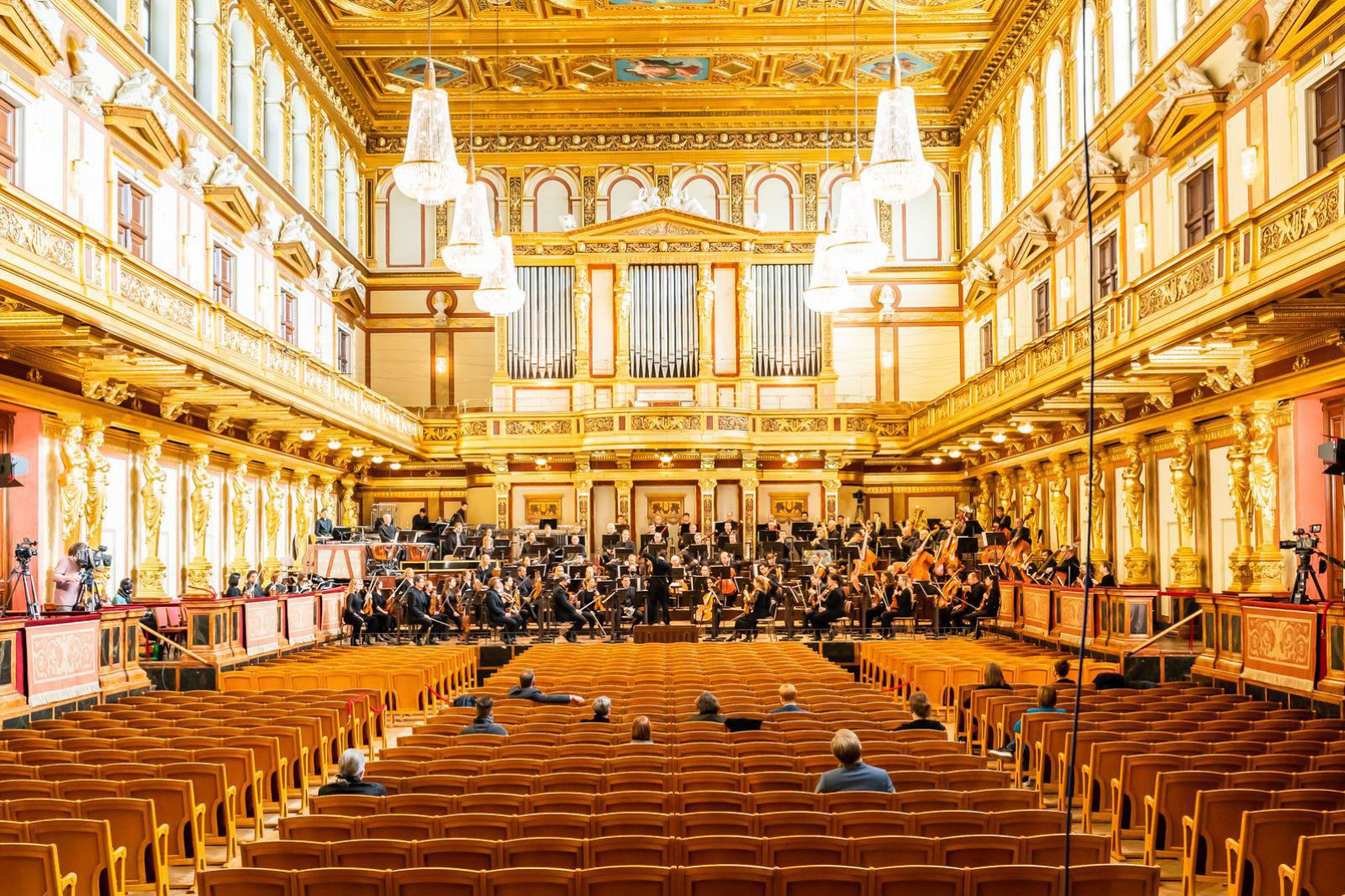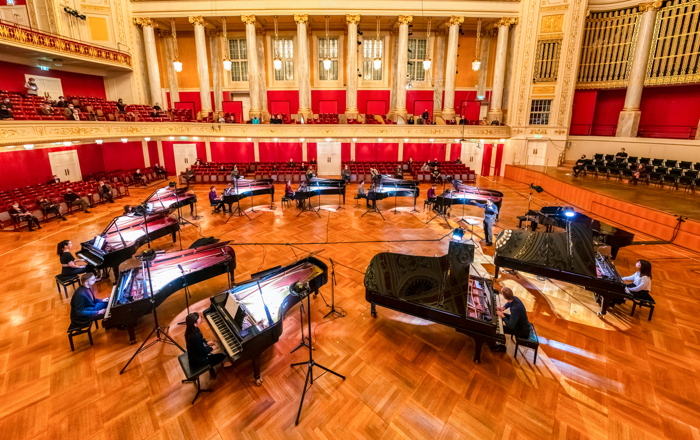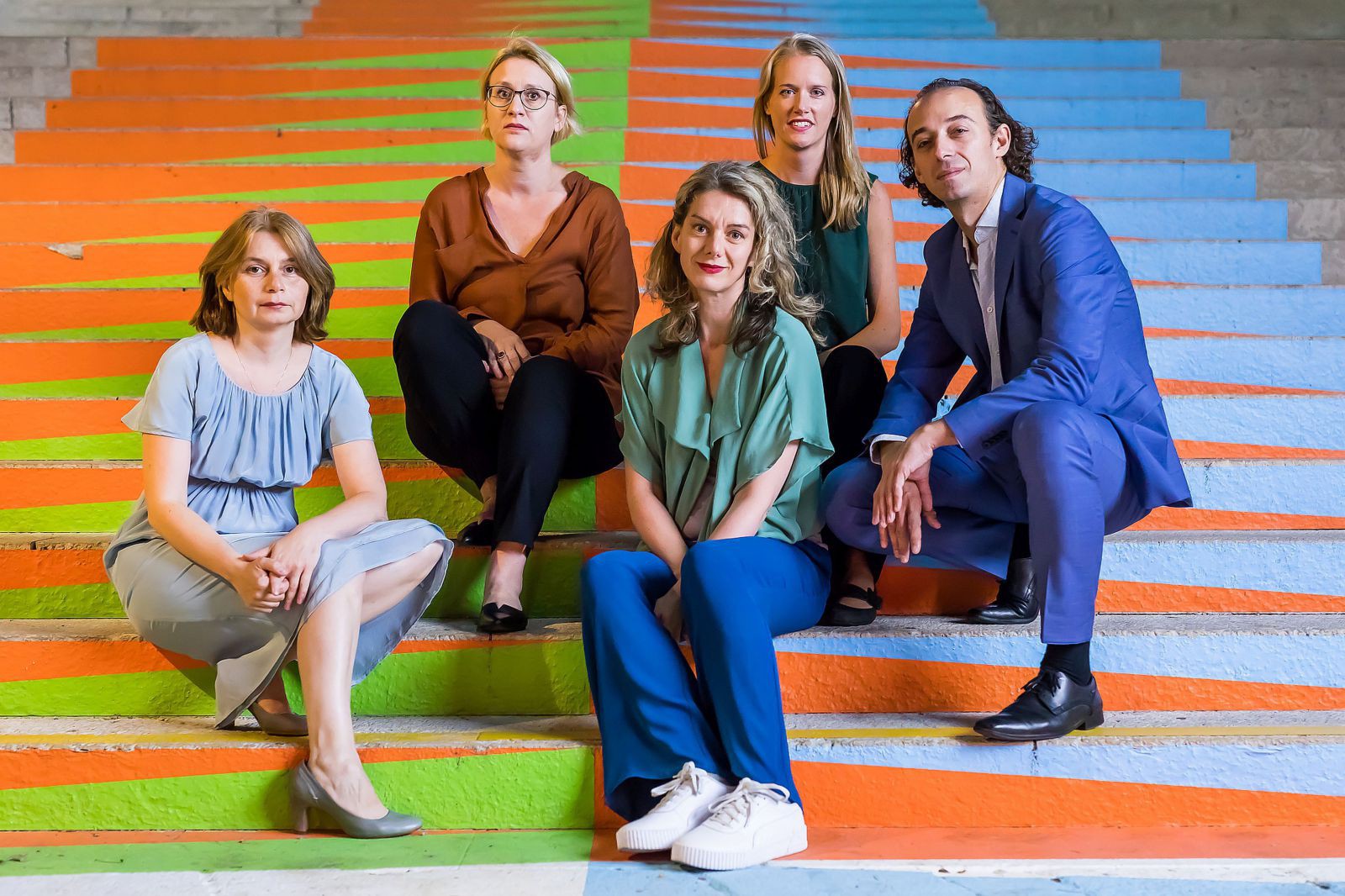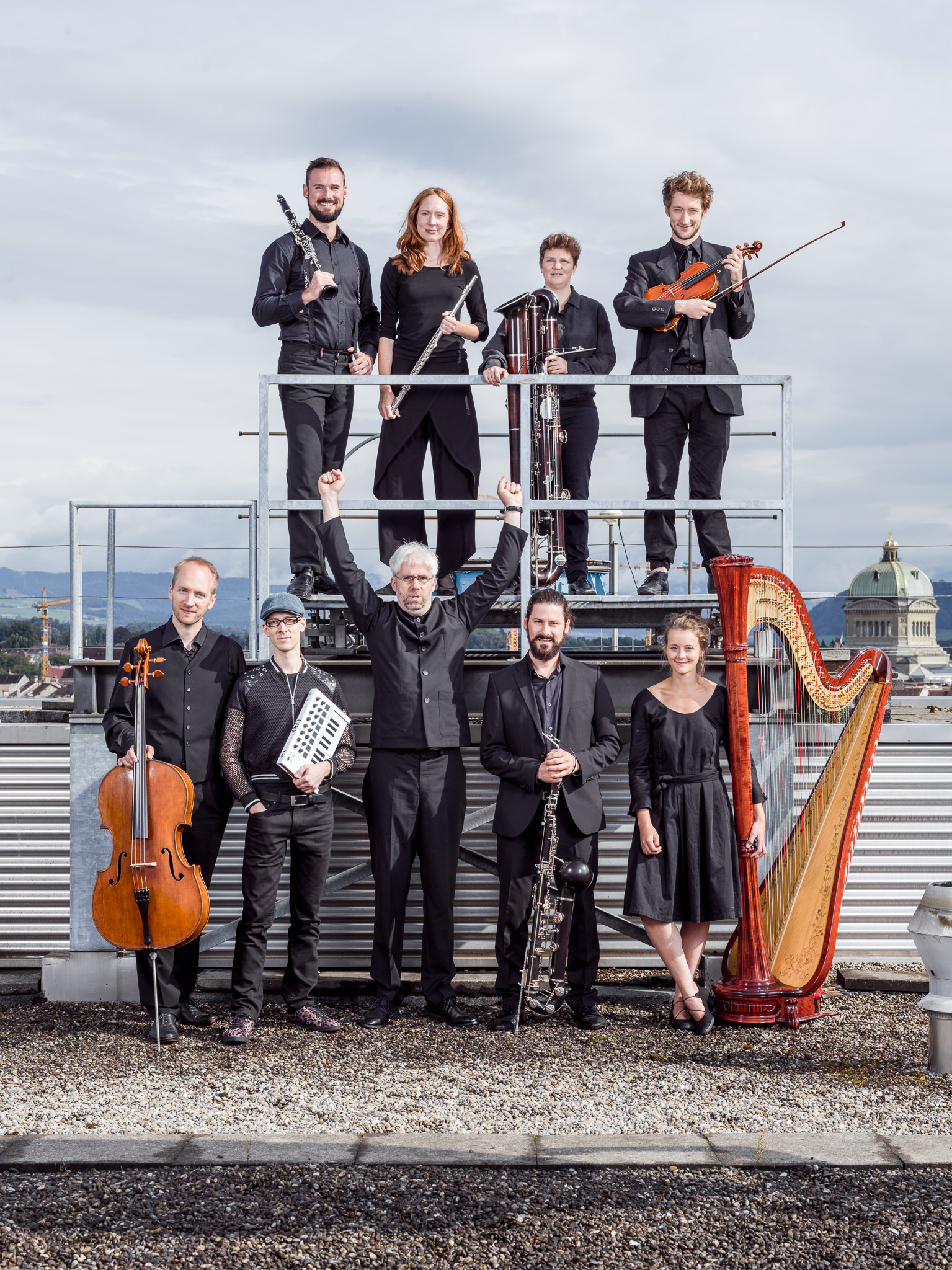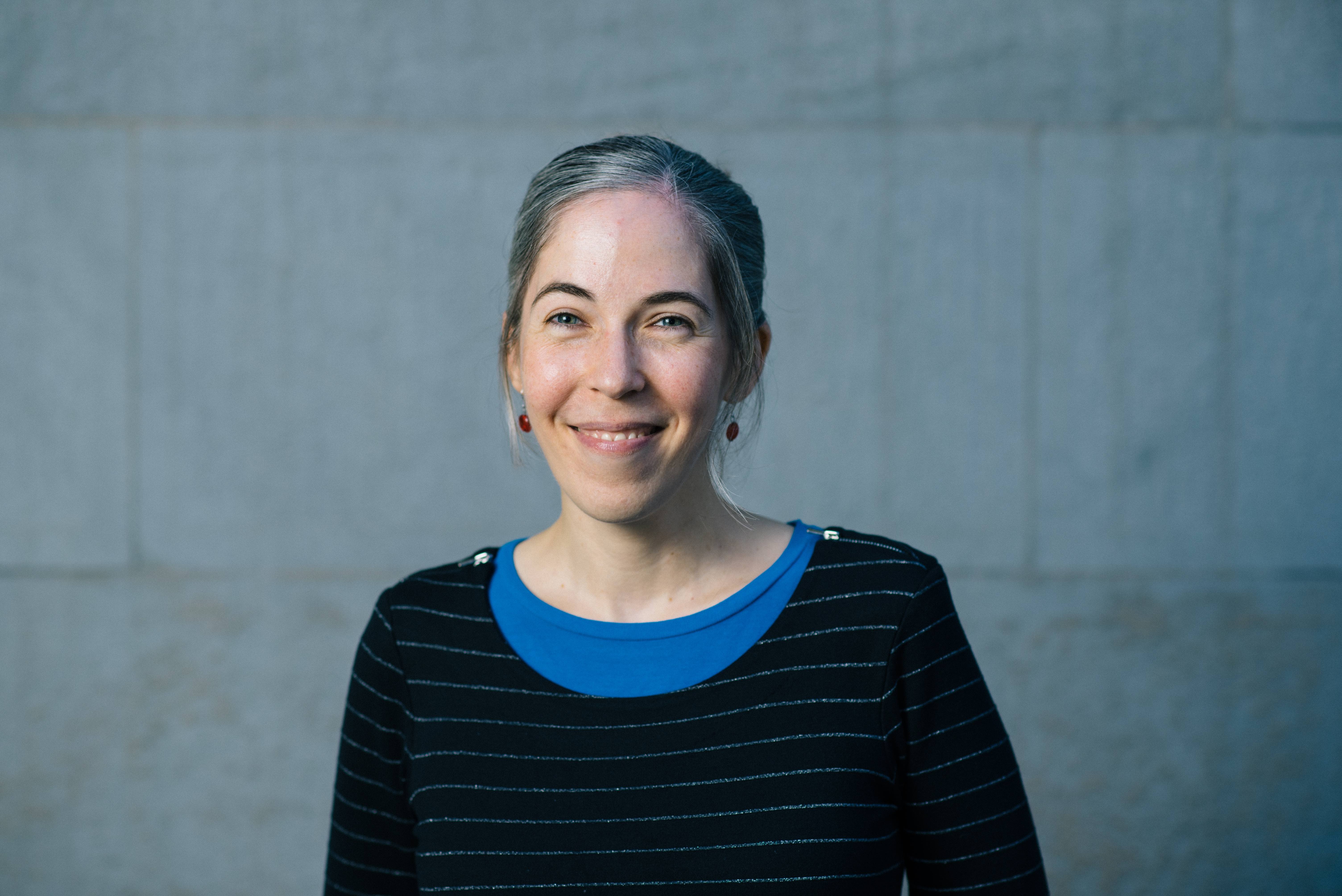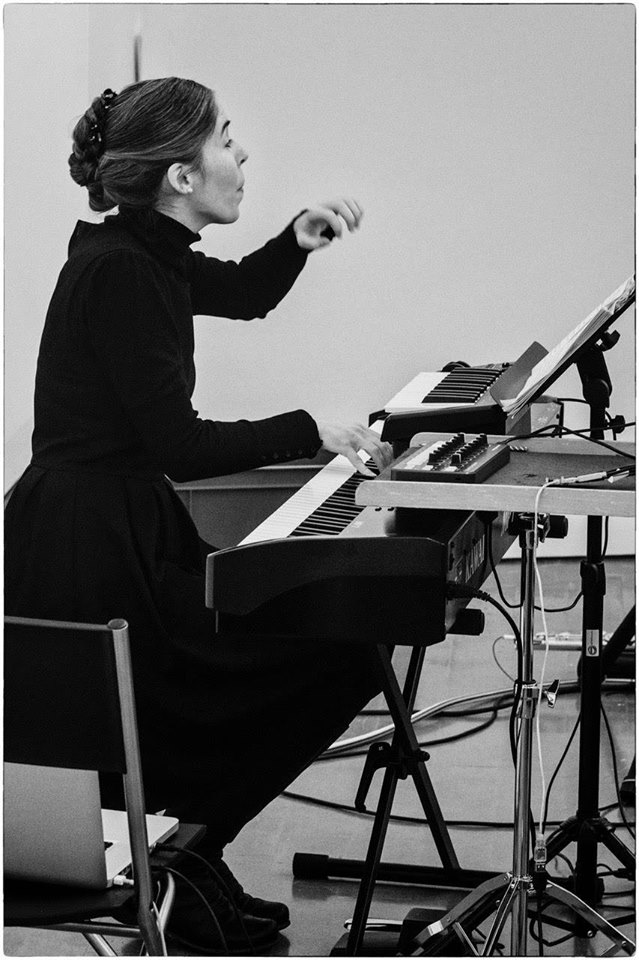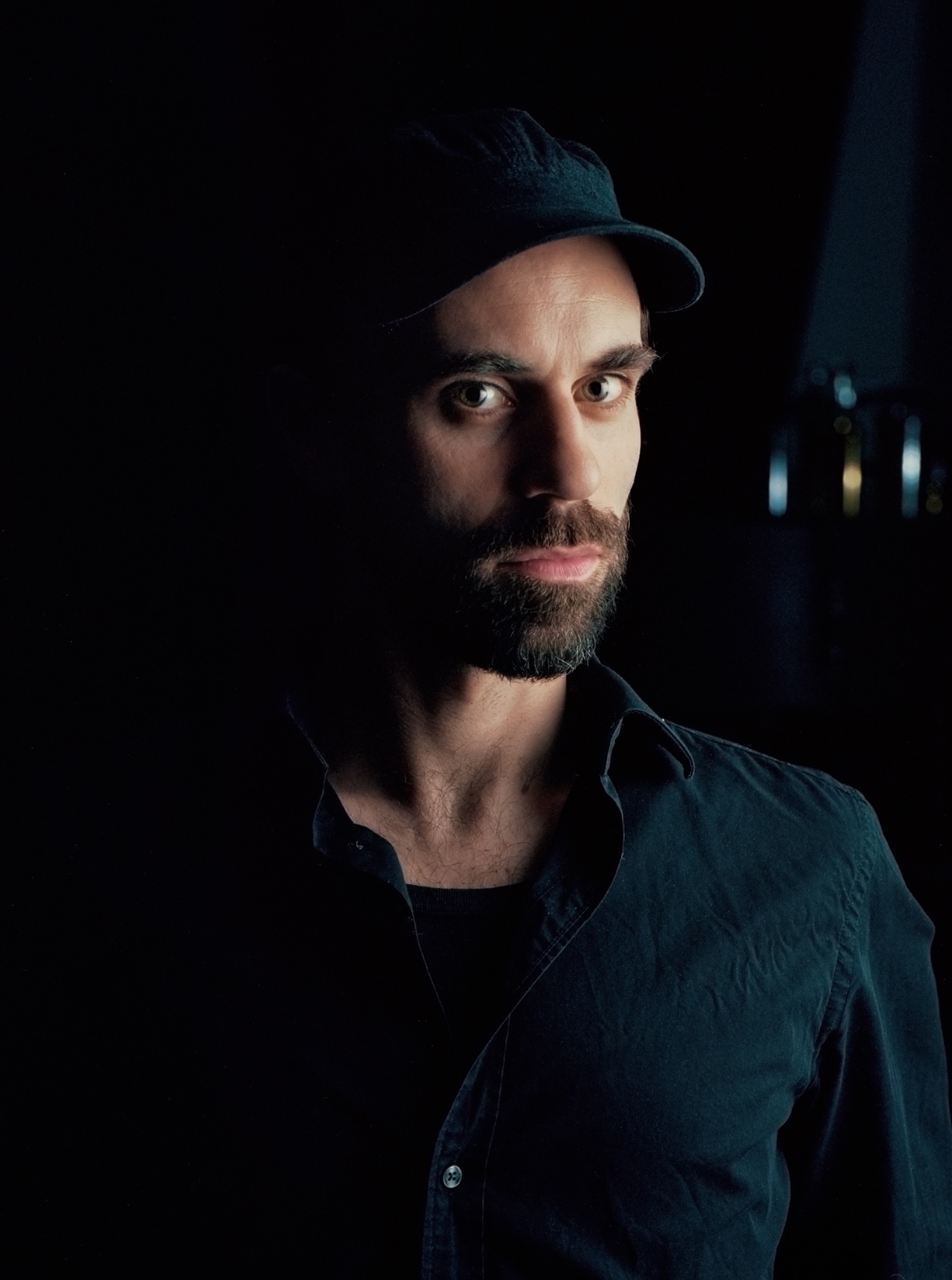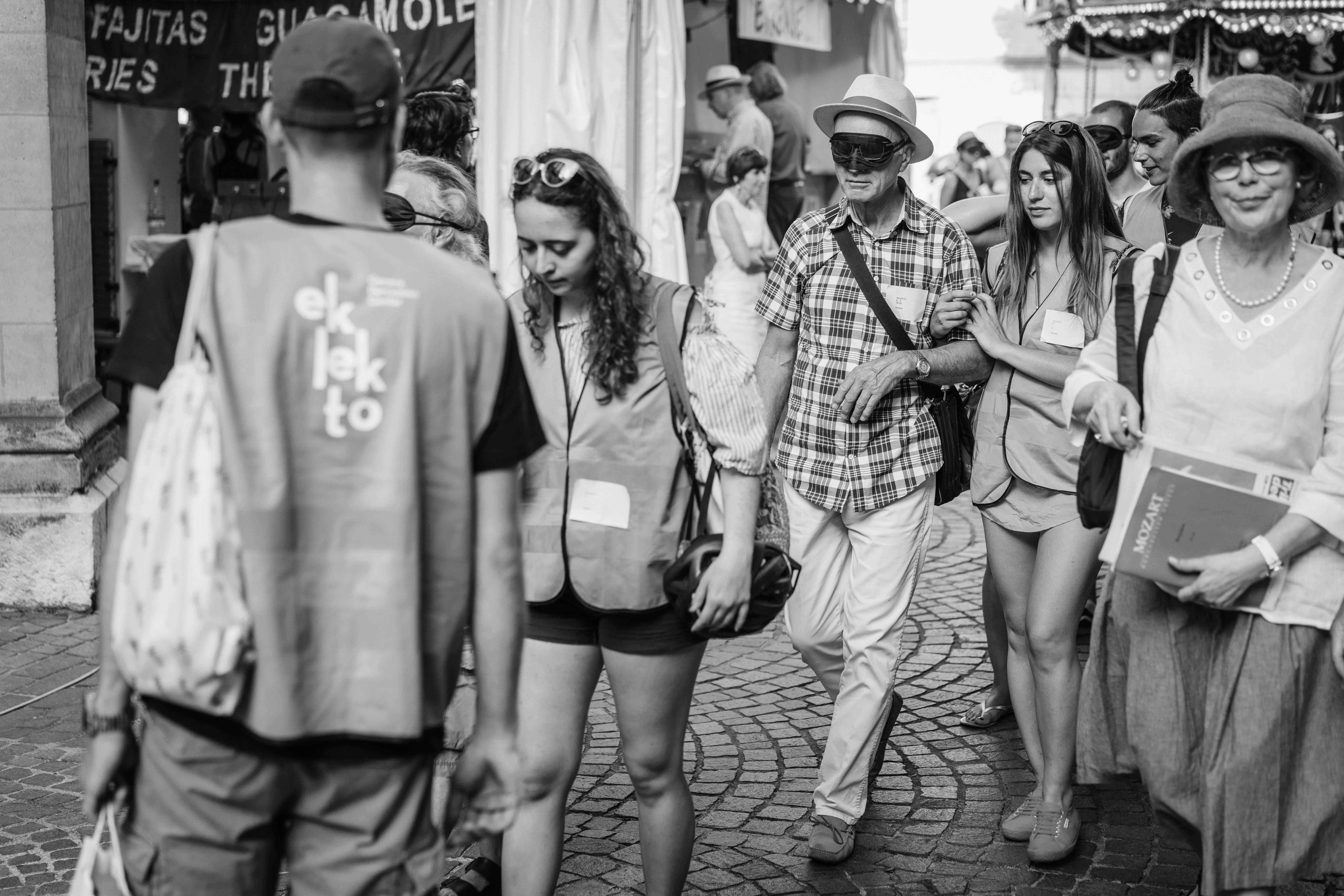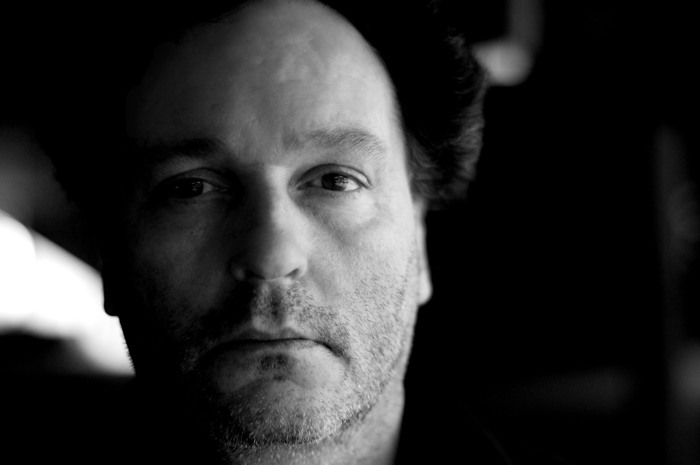The Berlin festival Ultraschall will be taking place! Live and later broadcasted on Deutschlandfunk Kultur as well as rbbKultur. Composer and video artist Jannik Giger, from Basel, premieres a new piece on January 22: ‘Qu’est devenue ce bel oeuil‘ for soprano, bass clarinet and fictional four-channel organ. The concert can be enjoyed live on Friday, January 22, 2021, at 20h00 and again on February 16th.

Gabrielle Weber
In his work, Giger often refers to the ‘sounding past’, with audio documents or pieces by Franz Schubert, Leos Janacek or Bela Bartok, for example. Most of his pieces also include videos, installations or spatial components. Giger also creates film music, which serve the images but can also be considered independent musical works.
In the video installation Gabrys and Henneberger – Transformations (2014), double bass player Aleksander Gabrys improvises live to a video. (Jürg Henneberger conducts the Phoenix Ensemble in Giger’s “Clash”).
In his new piece for ultrasound “Qu’est devenue ce bel oeuil” Giger turns for the first time to the Renaissance, as the work is based on the a capella madrigal with the same title by composer Claude Le Jeune.
I talked to him via zoom from Zurich to Basel shortly before the world premiere.
Music is so to speak on hold at the moment, because of the pandemic…. How did this affect your work?
Working as a composer, I spend a plenty of time alone in the studio or in a room. So apart from the extreme social restrictions, little has changed. But preliminary work and rehearsals have become complicated.
I started the new piece for Ultraschall in Berlin. I had a residency there (Atelier Mondial) and wanted to spend half a year intensively visiting museums, galleries and concerts but because of the pandemic everything was closed. On the other hand, I now know all the lakes, parks and forests in and around Berlin. Through this vacuum, I spent a protected, secluded time and was able to concentrate really well on composing, which was a positive side.
The negative side: rehearsal and concert situations are the real reward for solitary composing. These special moments, when everything condenses, which set themselves apart from the working routine, no longer exist at the moment.
Your works usually include visuals such as videos or installations: are there any in Ultrasound or did you adapt it for the radiophonic premiere’s purpose?
Although it is a chamber music piece ‘for voice, bass clarinet and fictitious organ’, it was originally intended as a spatial live piece. I received the commission from the soprano Sarah Maria Sun and Nina Janssen-Deinzer, the clarinetist. Their wish to include of electronics, so I decided on a four-channel feed, an imaginary big organ consisting of four speakers placed around them. Since it now takes place without an audience and broadcasted on the radio, the initially planned spatial component is no longer included.
Jannik Giger: Sarah Maria Sun (Sopran) in Schlotterarie from Kolik, UA Gare du Nord Basel, 2019
A Crazy Harmonic…
How did you come across Claude Le Jeune? So far, you have been more familiar with Romantic, Classical and Baroque music, or modern masterpieces. What is your connection to the Renaissance?
I often draw from existing pieces or materials that I come across by chance and appeal to me in some way. Singer Jean-Christophe Groffe brought this fantastic vocal piece to my attention.
The special thing about Le Jeune is the crazy harmonies. The piece is completely chromatic and uniform: with a text, a harmony, a form, a repetitive rhythm. Starting from this material was an intuitive decision and the result was an associative, almost anti-intellectual piece with a simple concept: the combination of the chorale material with organ sounds. My own guideline was that it should not contain any samples other than organ sounds.
Claude Le Jeune (1528-1600), Qu’est devenu ce bel oeuil
… was this maybe related to the pandemic? A reference to a distant past, to the musical renaissance….
No – or maybe yes… It is about decay and the piece has something nostalgic to it. Even the title question ‘Qu’est devenue ce bel oeil?‘… What happened? Everything unravels… Le Jeune accompanied me during my time in Berlin. I also composed a piece for the Arditti Quartet in which I referred to him.
How did you proceed composing and why this instrumentation?
I listened to many organ recordings – by Bruckner, Machaut, Bach, Brahms, Buxtehude – and sampled individual organ sounds from different organs in different tunings as well as in different rooms. Over a period of weeks, I built up an archive of sounds. Then I “built” the fictitious organ from various samples by assembling and pasting. The sequencing and overlaying of sounds and spaces created an almost orchestral complexity.
Jannik Giger, Ausschnitt from soundtrac / ficticious organ in: Q’est devenu ce bel oeil, world creation Festival Ultraschall 22.1.2021
During the piece, both soloists get to the fictitious organ: how must we imagine it all?
The previous track is the organ alone, each chord coming actually from a different organ. The soundtrack runs through, distributed over four speakers, and will mix with the live instruments, having the two levels interacting with each other, sometimes merging, other times in opposition.
A “Madrigal Trip”
Le Jeune’s original is an a capella madrigal, you transferred that aspect to the four-channel organ – but how do you handle the voice?
Sarah Maria Sun, the soprano, sings to Le Jeune’s original text. Sometimes sounding like French chanson, sometimes like Renaissance or contemporary music, occasionally with new playing techniques. The voice fluctuates from melodious and tonal to very noisy passages, playing with aesthetic references. What eventually emerged is almost a ‘madrigal trip’.
Giger on air or streaming live: is that even possible? Do you also see opportunities in the current situation and how do you deal with it?
If chamber music is well received, also visually, it can work as a live stream. But I approach pieces for several instruments or for orchestra differently right now. There is a physical vacuum: because the musicians’ bodies are not present and the rituals of the concerts are missing, the performance, the endings, the moments of tension. Pure documentation is no longer enough. I try to go one step further, for example, I recorded a CD with Dieter Ammann (CD Ammann-Giger, Mondrian Ensemble, Ensemble Nuance): the sound engineer Alexander Kordzaia recorded it by using close mic techniques and deliberately almost overproduced it. The music is therefore microscopically expanded and not a live reproduction, but has been given a completely different quality of perception.
What next? In 2021, for example, a new CD on the KAIROS label is to be released with the title Krypta – can you reveal anything about that? And are there other upcoming projects?
The record combines some already produced, but not yet released instrumental music. Krypta was a sound installation for the Bern Music Festival, of which there is also a plain stereo audio track. Then there is a new piece, a montage of studio recordings with the ensembles Xasax and Thélème.
Jannik Giger, excerpt from Krypta, Multichannel Orchestration, Musikfestival Bern 2019
I’m looking forward to a project for the Architecture Biennale in Venice. A spatial piece of mine is to be performed in the Pavillon Suisse during the opening in May – if it will happen... Based on architectural texts, I am working with the opera singer Andrej Krutojs. It’s about Venice and Italian opera. For ZeitRäume Basel on the other hand I set to work on a video installation dealing with the ‘blind audition’ theme, a form of gender-appropriate auditioning for orchestral roles.
Gabrielle Weber
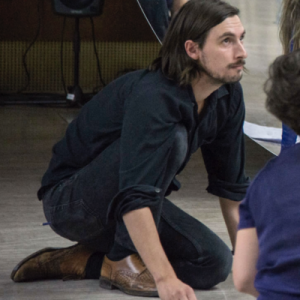
Ultraschall Berlin – Festival für neue Musik: from february 20 to 24.
Konzert 22.1., 20h, live Deutschlandfunk Kultur:
Sarah Maria Sun, Sopran, and Nina Janssen-Deinzer, Klarinetten and Saxophon, UA Jannik Giger Qu’est devenu ce bel oeuil und Werke von u.a. Georges Aperghis, Toshio Hosokawa, Wolfgang Rihm.
also on 16.2.20, 23:04h, rbb Kultur in: Musik der Gegenwart
Jannik Giger, CD Ammann-Giger / a tree in a field records – Koproduktion SRF 2 Kultur, Atelier Mondial, KAIROS, Andrejs Krutojs, Alexander Kordzaia, Ensemble Nuance, Festival ZeitRäume Basel, Biennale Venezia, Thélème, Jean-Christophe Groffe
Broadcasts SRF 2 Kultur
Kultur Aktuell & Kultur Kompakt Podcast, 22.1.21, 8:05h/11:30h: Livegespräch zum Festival Ultraschall und UA Jannik Giger, Gesprächspartnerin Gabrielle Weber
Musik unserer Zeit, 3.2.21, 20h: Jannik Giger, der Scherbensammler, Redaktion Theresa Beyer
Musikmagazin, 6./7.2.21: Jannik Giger im Café-Gespräch mit Theresa Beyer
Neo-Profiles
Jannik Giger, Sarah Maria Sun, Musikfestival Bern, Ensemble Phoenix Basel, Mondrian Ensemble, Aleksander Gabrys, Dieter Ammann, Xasax Saxophonquartett, ZeitRäume Basel



